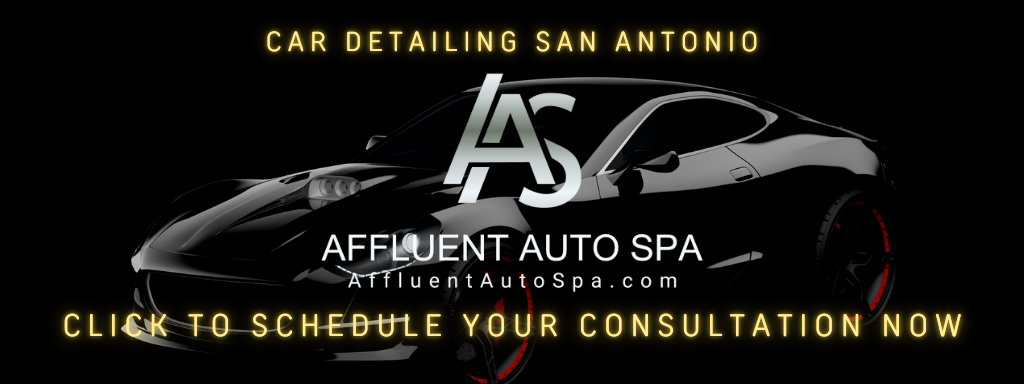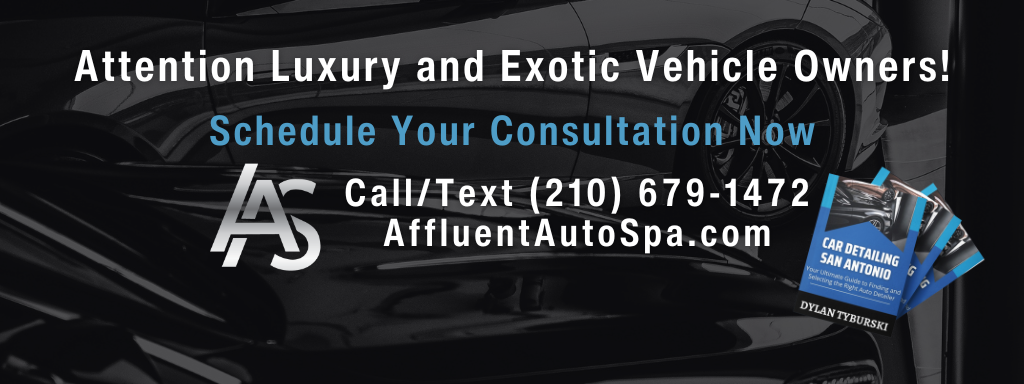Understanding Paint Correction Basics
What is Paint Correction?
When I first got into the world of exotic car care, I often heard the term “paint correction”. To put it simply, paint correction is the process of removing imperfections from the clear coat of automotive paint. This includes swirl marks, scratches, and oxidation that can make even the most gorgeous cars look dull.
It’s all about bringing back that glossy look that turns heads. Think of it as a skincare routine for your car. Just as we need to exfoliate dead skin cells to make way for fresh, new skin, our cars need some pampering too!
In my interview with San Antonio’s best paint correction specialist, they emphasized how crucial it is for exotic car owners to fully understand this process as it can significantly enhance the vehicle’s aesthetic appeal and value.
Why is Paint Correction Important?
You might wonder, why go through the trouble? Well, keeping your car’s paint in top-notch condition does wonders! It protects the vehicle’s integrity and maintains its resale value.
Moreover, a well-corrected paint not only enhances the visual appeal but also reduces the chances of further damage from elements like UV rays and road debris. It’s like giving your car a fresh lease on life!
During my chat, the expert highlighted that for exotic cars, where every detail counts, paint correction is not just a luxury—it’s a necessity!
The Paint Correction Process
The process involves several steps. Typically, it starts with a thorough wash to remove any dirt and debris that may scratch the paint further during correction. Then, using special tools, the technician will level the paint surface. This could involve machine polishing and, in some cases, even sanding.
It’s fascinating to watch how these experts work their magic—literally transforming the appearance of a vehicle with just the right techniques and products.
And don’t forget, this isn’t a quick job. Quality paint correction can take hours or even days depending on the vehicle’s condition and size. It’s all about patience and precision!
Choosing the Right Products for Paint Correction
Essential Tools & Materials
When it comes to paint correction, tools can make or break the job. I learned that the right polish and pad combinations are critical. You’ll want to go for quality products designed for the specific needs of your car’s finish.
Some of the must-have tools include dual-action polishers, various grades of polishing pads, and high-quality compounds. Investing in reliable tools saves time and enhances results dramatically.
My expert friend advised me to steer clear of cheap products, as they usually lead to more headaches and possibly worse results than starting with high-quality stuff to begin with.
Understanding Different Paint Types
Did you know that not all paints are created equal? Cars today come in a variety of finishes, from glossy to matte, and each type needs its own approach during correction.
For instance, a glossy finish might require harsher compounds, while matte finishes need extra care to avoid creating shiny patches. It’s crucial to know your car’s paint type before jumping into the correction process!
In my discussion, the specialist broke down the importance of recognizing these differences to achieve the desired look without damaging the finish. It’s all about knowing your car inside and out.
Choosing the Best Compounds
Choosing the right compound can truly elevate your paint correction game. Different brands offer varying effectiveness depending on the demands of the job and the paint condition.
In my experience, experimenting with a couple of popular brands made me realize how a little trial and error can lead to finding the best fit for your specific needs. It’s okay to ask for recommendations if you’re unsure!
The expert I spoke with recommended testing compounds on a small, inconspicuous area first, just to ensure you get the right results without any surprises later on.
Common Mistakes to Avoid
Skipping the Prep Work
One of the biggest faux pas in paint correction is skipping prep work. A thorough wash and decontamination are essential, as dirty surfaces can cause even more scratches during polishing.
I learned this the hard way—going fast and skipping steps only led to me having to redo parts of my work later! So, take the time to prep. It makes a massive difference!
Always remember, good correction starts with a clean canvas. There’s no shortcuts here; doing it right pays off in the long run.
Over-Correcting
Over-correction is another common trap many fall into, including myself. It’s easy to want to remove every imperfection, but sometimes going too aggressive can damage clear coats or even the paint underneath.
One of the key pieces of advice I garnered was to assess the condition of the paint accurately. Knowing when enough is enough is vital in achieving that perfect balance between correction and preservation.
The specialist explained that having a keen eye and practicing patience is key to avoiding overdoing corrections. It’s about enhancing, not perfecting!
Neglecting Maintenance Post-Correction
Okay, you’ve nailed that paint correction—now what? Neglecting post-correction care can quickly lead to a return of those nasty swirls and scratches.
A great tip I picked up is to regularly apply a quality wax or sealant to help protect the fresh correction. Just like our skin, we need to maintain that glow by adding layers of protection!
Ultimately, the ongoing love you give your car dictates how long those corrections last. Make it a routine, and you’ll reap the rewards for years to come!
Conclusion: Investing in Professional Help
Why Go Professional?
For many exotic car owners, especially when it comes to paint correction, the idea of DIY might seem tempting. However, I’ve come to realize that investing in a professional can save a boatload of time and ensure quality finishes.
Professionals carry the skills, tools, and experience that many enthusiasts simply don’t have. Plus, their dedication to maintaining your vehicle often yields results that exceed DIY jobs.
It might cost a bit upfront but trust me when I say it’s an investment in your car’s longevity and aesthetics!
Finding the Right Specialist
Choosing a paint correction specialist is crucial. It’s essential to do your homework, seek reviews, and even check their previous work to ensure you’re in good hands.
I learned that asking for referrals from fellow car enthusiasts can lead to finding hidden gems in your area. Take your time to chat with potential candidates and determine if they understand the unique demands of exotic car care.
Also, don’t hesitate to ask about their methods and products. A true professional will be eager to share their knowledge and explain their processes!
Building a Relationship with Your Specialist
Once you find a good paint correction specialist, foster that relationship! Regular communication about your car’s needs and maintenance can lead to better service and trust over time.
As I’ve seen personally, a good specialist doesn’t just provide a service but often becomes a trusted advisor in maintaining your vehicle. It’s about building camaraderie over a shared passion for beautiful cars.
So, treat it like any other important relationship—nurture it and reap the benefits of having an expert on your side!
FAQ
What is paint correction?
Paint correction is the process of removing surface imperfections from a car’s paint, such as swirl marks and scratches, to enhance its aesthetic appeal and protect the finish.
Why is paint correction important for exotic cars?
For exotic cars, paint correction is crucial as it helps maintain the vehicle’s value, protects against environmental damage, and keeps the car looking its best.
What tools do I need for paint correction?
Essential tools include dual-action polishers, various grades of polishing pads, different types of compounds, and high-quality microfiber towels for polishing and buffing.
What are common mistakes to avoid during paint correction?
Common mistakes include skipping prep work, over-correcting the paint, and neglecting maintenance after the correction process is completed.
Should I do paint correction myself or hire a professional?
While DIY can be tempting, hiring a professional is usually wise, especially for exotic cars, due to their expertise, experience, and the proper tools to get the job done right.



